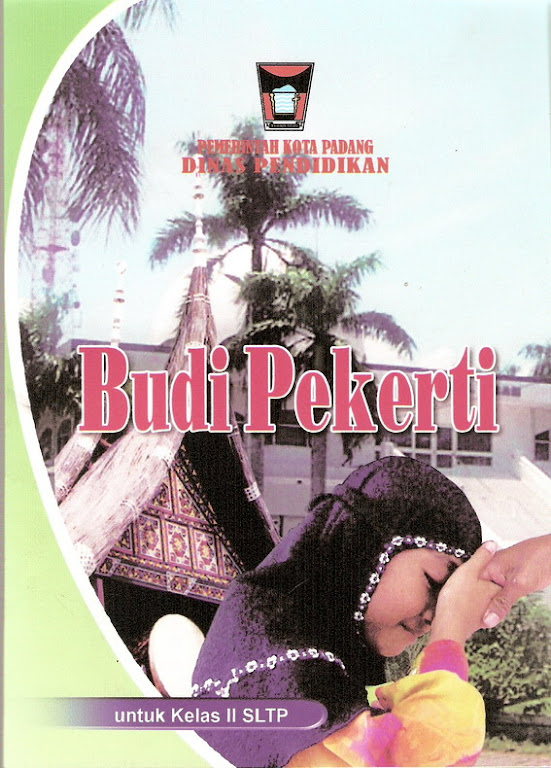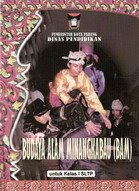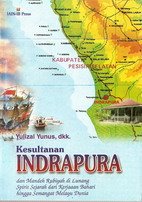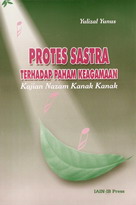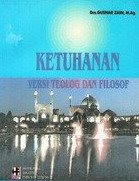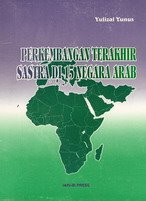Oleh : Drs. H. Rusydi Ramli (Dosen Jurusan SKI)
 Penelitian ini dilatarbelakangi asumsi bahwa di daerah-daerah basis perjuangan kaum Paderi (di beberapa daerah yang berada di Luhak Nan Tigo), masih terdapat sistem kepemimpinan masyarakat dengan struktur da pola kepemimpinan agama sebagaimana yang diterapkan pada masa Paderi. Meskipun lembaga kepemimpinan agama ini berbentuk kepemimpinan informal, namun keberadaannya sangat mempengaruhi pola perilaku kolekif masyarakat, tak terkecuali dalam pemanutan terhadap kepemimpinan formal yang ada.
Penelitian ini dilatarbelakangi asumsi bahwa di daerah-daerah basis perjuangan kaum Paderi (di beberapa daerah yang berada di Luhak Nan Tigo), masih terdapat sistem kepemimpinan masyarakat dengan struktur da pola kepemimpinan agama sebagaimana yang diterapkan pada masa Paderi. Meskipun lembaga kepemimpinan agama ini berbentuk kepemimpinan informal, namun keberadaannya sangat mempengaruhi pola perilaku kolekif masyarakat, tak terkecuali dalam pemanutan terhadap kepemimpinan formal yang ada.Sistem kepemimpinan informal ini, suksesinya masih tetap dilanjutkan bahkan hingga saat sekarang ini. Hal ini menunjukkan bahwa sistem kepemimpinan Paderi – terlepas bagaimana bentuk asli pada penerapan awalnya – masih tetap eksis dalam dinamika kehidupan masyarakat di daerah ini. Asumsi umum (major assumption) diatas, melihat dari realitas historis, menawarkan asumsi (minor assumption) bahwa sistem kepemimpinan Paderi yang diterapkan semenjak paruh pertama abad ke-19 tersebut, ternyata memiliki interes sosial (social interest) yang masih dikehendaki eksistensinya. Kemudian tetap terlihatnya corak keberlang-sungan pola sistem kepemimpinan tersebut, meskipun tentunya ada implikasi yang timbul sebagai ekses sosial-historis dari perubahan-perubahan itu. Diasumsikan, aplikasi ideal sebagaimana kondisi awalnya, kemungkinan besar tidak terjadi karena konteks historis harus dipertimbangkan. Namun, secara substantif, diasumsikan masih tetap dipegang teguh dan diaplikasikan.
Penelitian yang menggunakan metode penelitian sejarah dengan pengayaan perspektif sosiologi antropologi ini (dengan mengambil area sample di daerah Kamang dan Candung Koto Laweh) memperoleh temuan penelitian bahwa keberhasilan kaum Paderi menguasai wilayah Agam merupakan point history dimulainya penyusunan pemerintahan nagari yang bercorak agama (nagari a-la Paderi/pemerintahan a-la Paderi) dan menitikberatkan pada ajaran Islam sebagaimana yang dipahami oleh kaum Paderi. Kemudian, pada setiap nagari yang telah dikuasai oleh kaum Paderi, diangkat dua orang ulama sebagai pimpinan (kepala) dengan panggilan Tuanku Imam (Imam) dan Tuanku Qadhi (Qadhi). Bila dihubungkan dengan berbagai teori politik maupun teori sosiologi, terlihat secara gamblang bahwa pemegang otoritas agama, pada umumnya tidak bisa melepaskan diri mereka dengan politik.
Disamping itu, Paderi terus menjadi inspirasi generasi berikutnya. Demikian juga halnya dengan tata kepemimpinan yang diterapkan oleh kaum Paderi yaitu memfungsikan secara optimal dan maksimal peran Imam dan Qadhi di berbagai wilayah taklukkan Paderi, juga tetap berkembang seiring dengan perjalanan waktu. Kemudian, dinamika, baik perubahan total maupun modifikasi-adaptasi juga terjadi. Ada wilayah-wilayah atau nagari yang tetap kukuh memegang apa yang ”diterapkan” kaum Paderi tersebut, ada nagari yang menghilangkannya karena perubahan sistem politik yang berkembang dan seterusnya. Dalam konteks inilah, penelitian ini ingin melihat daerah-daerah mana saja yang masih menggunakan tata kepemimpinan a-la Paderi atau setidaknya masih menganggap peran dan fungsi Imam dan Qadhi begitu urgen ditengah-tengah masyarakat sebagaimana hal ini juga dianggap urgen oleh kaum Paderi. Anggapan selama ini yang menganggap beberapa kebijakan politik pemerintah bisa mereduksi peran jentera kepemimpinan adat Minangkabau (khususnya kepemimpinan a-la Paderi yang dipersonifikasikan dengan Imam dan Qadhi), untuk kasus Candung Koto Laweh tidak berubah secara radikal. Substansi maupun prakteknya masih tetap berlaku atau masih diamalkan sebagaimana terjadi dan yang berlaku pada masa-masa sebelumnya, terutama di daerah-daerah basis gerakan Paderi.
(Lebih lanjut : hubungi www.lppbi.fiba@gmail.com
Selengkapnya...


























